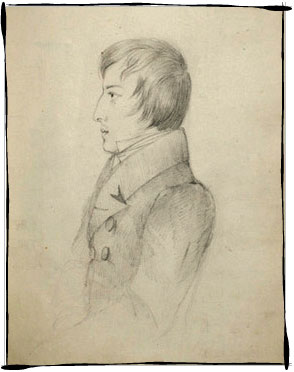



The musical genre of Etude
The name of this genre of instrumental music stems from the French word étude and means “study,” “learning.” Already in the times of Baroque, we can find pieces – under various names – dedicated to practice; serving to master the technique. Virtuoso, figurative toccatas are composed, Domenico Scarlatti (an Italian composer and harpsichordist) creates Essercizi per gravicembalo, whereas Johann Sebastian Bach gives the title Clavier-Übung to his four books of pieces for keyboard instruments, underlining their didactic purpose (aside from the undeniable purely musical values of those works).
Together with the increasing popularity of the piano and salon music making at the beginning of the 19th century, first etudes emerge (also under the name exercises). They are functional pieces of varying level of difficulty whose aim is to develop an adequate dexterity and agility of performing forces. Generally, they do not go beyond the field of finger exercises, focusing on solving one technical problem. The most famous books are created by the back then concert pianists, e.g. Muzio Clementi – Gradus ad Parnassum, Op. 44 (1817), Johann Baptist Cramer – 84 Etüden, Op. 50 (1804-1810), Carl Czerny – Schule der Geläufigkeit(1833), and on the national level by Maria Szymanowska – Vingt Excercices et Préludes(1820).
It is only in Chopin’s works that the etude liberates itself from its strictly learning character and becomes a separate expressive genre, masterfully integrating functional and exclusively musical features, yet, above all, requiring artistic maturity. Hector Berlioz openly calls Chopin’s etudes masterpieces. First etudes were created still in Warsaw when the composer was under a great impression of Niccolo Paganini’s art of playing the violin. In 1829-1833, the cycle of 12 Etudes, Op. 10 is created; the next one, Op. 25, is released five years later. The composer also develops 3 etudes for the book Méthode des méthodes by Moscheles and Fétis (published in 1840).
For Chopin, etude pieces were one of the most important elements of his pupils’ lesson repertoire – learning etudes was a starting point for mastering the art of playing the piano. According to Karol Mikuli, Chopin particularly recommended the already mentioned etudes by Cramer, Gradus ad Parnassum, and Préludes et exercises by Clementi, “stylish” etudes (probably 12 etudes, Op. 95) by Ignaz Moscheles and works by Field – exercises and nocturnes (according to Mikuli, “they also belonged to the category of etudes to a certain extent”). As far as his own etudes are concerned (both Op. 10 and 25), Chopin would only entrust them to his “advanced” students (Friederike Streicher must have been such a student, as Chopin gave her the autographs of the Etudes Op. 10, No. 3 and 4 in spring 1841 as a gift). In fact, the works, though referring to the tradition of the genre and originating from a chosen technical problem, significantly go beyond the feature of didactic pieces – they are unique, original, artistic compositions. An innovative style, represented by richness of ideas and harmonies, makes Etudes Op. 10 and 25 revolutionary and fascinating pieces.
The development line of etudes started by Chopin was continued by other composers. F. Liszt belongs to the most outstanding ones; in his 12 Transcendental Etudes (finished in 1852), posing extreme performing difficulties, he pushes the genre to the limits of technical possibilities. In the 20th century, the etudes transform themselves in accordance with the evolution of the musical language. One of the most fascinating books is created by Claude Debussy in 1915, who dedicates his 12 Etudes (in two books) – with titles derived from the effectuated performing problem – to the memory of Chopin. It should be mentioned that apart from keyboard etudes, since the 19th century, etudes for almost all instruments have been created.
Principles adopted for the main text of the Etude in A♭ major Op. 25 no. 1
We have adopted GE1a, as the basic source.

